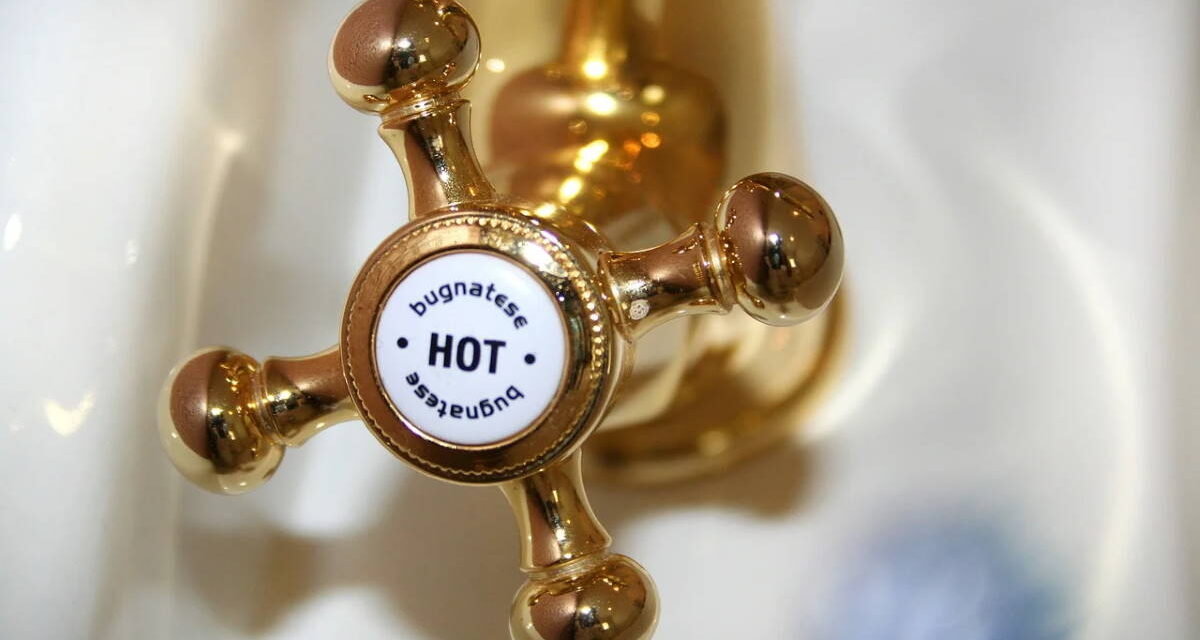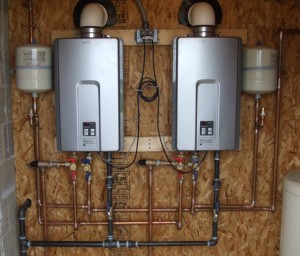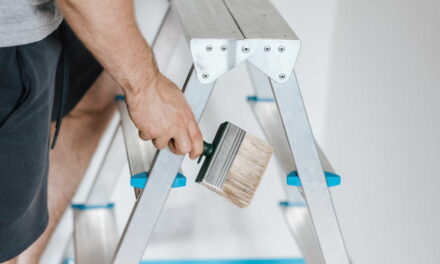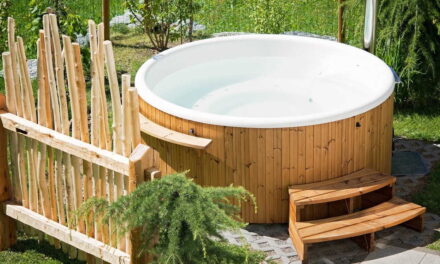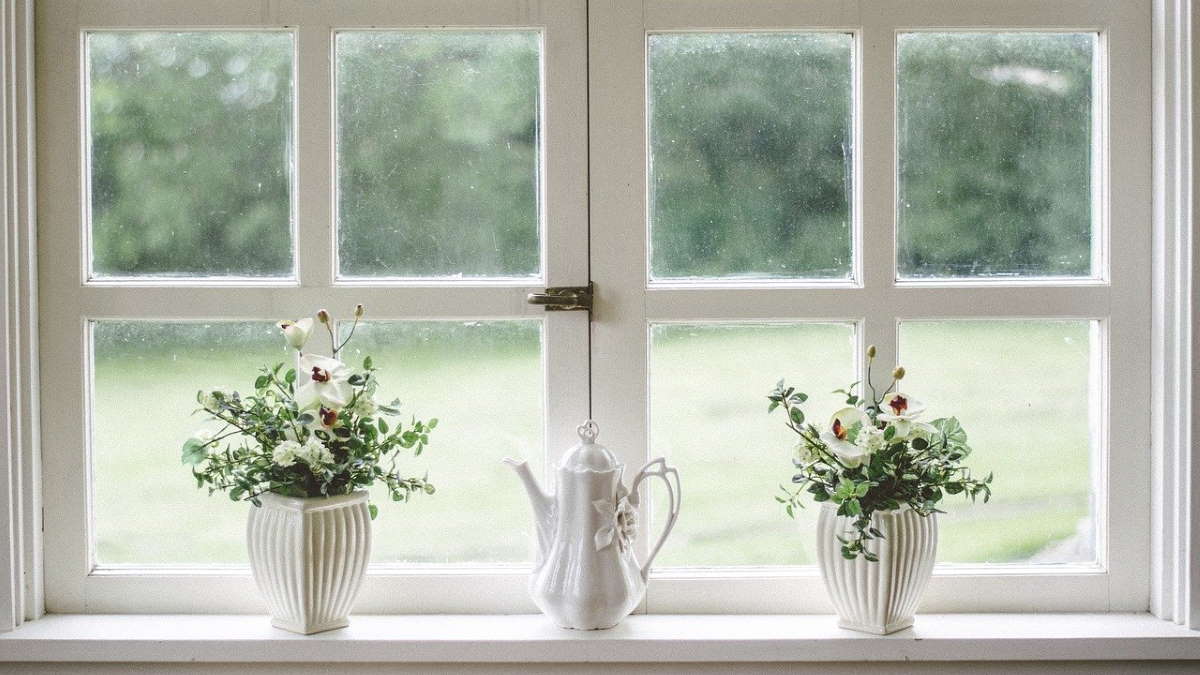If necessary, would you know how to maintain your hot water system by yourself? If being blasted with ice cold water is a rude awakening you wouldn’t want to experience, then it’s time you get savvy with your hot water heater maintenance.
You can attend to fundamental water heater concerns before they escalate by keeping the following DIY troubleshooting tips in mind.
Water is not hot
Typically, this can be attributed to two things: either the thermostat is not functioning or the flame has gone out.
If you are using an oil or gas heater, you might need to re-fuel them. If on the other hand you are using an electric or solar-based system, a short electric circuit or a faulty thermostat might be to blame.
Start basic troubleshooting by checking if the pilot light is on. If otherwise, relighting it is necessary. Fortunately, this is something you can easily do by checking the manufacturer’s manual. However, if you can no longer find the manufacturer’s manual, have the gas supply company technicians do it for you.
To check if the problem is with the thermostat, you need to turn on the water tap and observe for a few minutes. If the burner does not light automatically, it means it does not recognize the need to heat the water. On the other hand, the thermostat is probably defective and needs replacing.
Unfortunately, this is a job that should be left in the expert hands of a hot water service technician.
There is not enough hot water
The first thing you need to do if you experience something like this is to check if the thermostat has been set properly. If you don’t see any problems with the thermostat (and the dip tube isn’t broken) the system may need to be flushed. Sediments and other deposits can build up in the tank over time and can dramatically minimize its capacity.
Additionally, a broken dip tube might cause cold water to mix with the warm water, lowering its overall temperature in the process. Follow this easy and straightforward guide when replacing your dip tube.
- Turn off the power to stop on-going heating.
- Turn off the cold water valve.
- Detach the supply line located at the top of the water heater. A wrench would do the trick.
- Take off the nipple, (a short pipe threaded at both sides) to reveal the top of the dip tube.
- Insert a screwdriver and pry out the dip tube. Make sure to pick an angle to position the screwdriver for effective removal.
- Insert the new tube into the opening.
- Complete the process by also replacing the nipple and the supply line.
Hot water emits a foul smell
Any repugnant smell exuded by your water heater can be attributed to only one culprit — bacteria. Fix the problem by draining some water from the tank – as well as from the input port for cold water. Add some hydrogen peroxide and after closing the system, allow some water to run from each outlet and tap (dishwasher, washing machine, etc.)
The peroxide will not only kill the bacteria, it will also remove the smell altogether. Keeping the temperature above 150 degrees is another option you can look into to ensure bacteria growth is eliminated. However, this is not a practical option if you have elderly people or children at home as the water can be scalding at 150 degrees.
It is reassuring to know that you can remedy basic hot water system issues and even carry out fundamental, bathroom upgrades given you know how. However, it is also important to distinguish where to draw the line. In other words, do not shy away from employing the help of trusted professionals if complicated concerns pop up.

